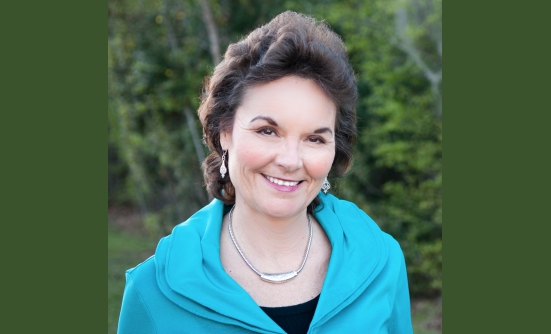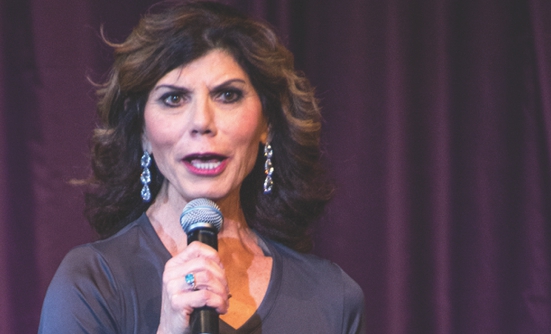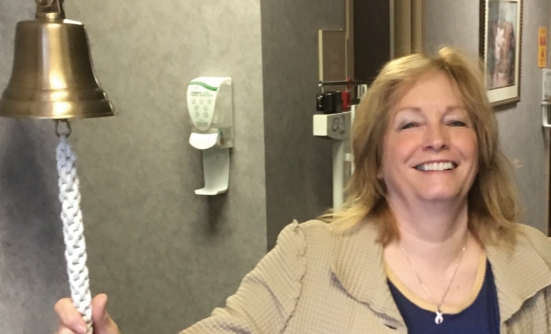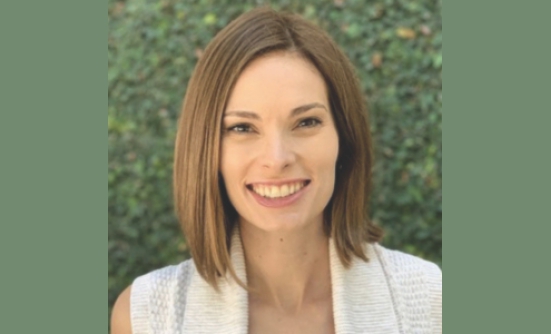
When I heard these words, “You have breast cancer,” my body wandered aimlessly as I walked back and forth expelling nervous energy. Strike one. The next week, the news got worse, “Your cancer is aggressive.” Strike two. Strike number three shook me to my core when the doctor announced, “It appears your cancer has spread.” Three strikes in a row locked my body into denial.
Pounds of Stress
According to the late Robert L. Elliott, MD, PhD, a surgical oncologist and medical researcher of the Elliott Head Breast Cancer Research and Treatment Center, in Baton Rouge, Louisiana, “When a patient receives a cancer diagnosis, the nervous system suffers a blow which releases immunosuppressive effects of stress on the body.”
I used long walks in our neighborhood to deal with the pounds of stress that burdened my heart as I struggled with my diagnosis. Walking also helped me battle bouts of depression and anxiety, by releasing powerful opioid receptors in my brain. Our bodies thrive when we move.
Exercise played a key role in my recovery after many surgeries. After my first surgery, I had numerous tubes protruding from my body. “When can these tubes be removed?” I asked.
“The catheter can be removed by tomorrow morning, if you’re able to walk 4 rounds of this floor,” the nurse responded. “Those tubes from your breast will take a few weeks.”
Don’t Say “Can’t”
The next morning, I was ready. It was me and my entourage—a catheter, draining tubes from my breast, a heart monitor, and a disconnected oxygen mask.
I made it around one time. It felt good to move. I did another round with no assistance. Then a third, fourth, and so on.
“How many to a mile?” I asked.
“Eighteen, but I don’t think you can do that!” “Don’t say ‘can’t,’” I challenged.
This cancer was trying to beat me. I was fighting back. While I continued the laps, the nurse consulted with my surgeon to obtain her approval.
“It’s okay,” my surgeon said. “If she has the energy and balance, it will only work for her good.” The nurses were cheering me on as I rounded the 18th lap. I felt like a Nascar racer, and I just kept on going.
Then I hit mile marker two. At that point, I did my best impression of Forrest Gump when he finished his run across America and said, “I’m pretty tired.” I went back to my hospital room.
Exercise to Help Your Healing
My respiratory therapist later paid me a visit and said, “Good for you. Exercise oxygenates your body and lungs. This, along with using your breathing pump, work together like medicine to help you heal.”
My catheter was removed fairly quickly. It turns out, walking did far more than I realized. It helped kick-start my organs, pumped anesthesia out of my body, relieved stress, lessened the threat of blood clots, sped up the draining of my breast tissue, and lifted my spirits.
When the surgeon came by to release me, I got an added benefit. I went home without any attached drainage tubes. That’s a big victory for a patient with breast cancer.
Exercise also benefited me with the Big Bad Wolf of my journey—chemotherapy. I made it a goal to walk 1 to 2 miles before and after each infusion. After chemotherapy, exercise stimulates the lymphatic system to remove the trash from our cells. Our lymphatic system is a part of our immune system and requires us to move as it gathers and removes toxins from our bodies. And chemotherapy produces a lot of toxins. My exercise also reduced many potential side effects.
Moving for Recovery
Jeffrey Guiguere, MD, an oncologist in Seneca, South Carolina, was shocked when I was able to walk 2 miles the day after my fourth chemotherapy infusion. “Your movement is serving you well,” Dr. Guiguere said. “I wish more of my patients would do the same.”
My movement also helped to get the chemotherapy into my tumor more effectively. Research by Keri Schadler, PhD, and her colleagues at MD Anderson Cancer Center shows that mice with certain cancers have better outcomes with chemotherapy when they are using a moderate exercise regimen, because exercise increases the blood flow to the tumor.1
When you are undergoing chemotherapy, you want your body working at optimum levels. In this way, you are helping your doctor to increase your chances of survival.
There’s no doubt that exercise has played a key role in my recovery and rebuilding of my body. Using a rebounder, jump rope, or jumping up and down on the floor with your bare feet ensures that your lymphatic system is activated 3 times a day, which is critical in a cancer journey.
Try Exercising to Prevent Medication Side Effects
The aromatase inhibitor or estrogen-blocking pill that is given to many patients with breast cancer is taken for 5 to 10 years and has many side effects. These side effects include loss of bone density, depression, joint pain, brain fog, and insomnia. As a result, many women depend on medications, such as bisphosphonates (to reduce bone loss), antidepressants, pain relievers, stimulants for concentration, and sleeping pills.
Rather than taking medications for these side effects, I recommend that, as much as you can, you try using walking, running, or other exercise regimens to help prevent these side effects. Then, if still needed, take the medications.
I am living proof of this. Exercise in the form of walking became my medication for preventing osteoporosis and insomnia, elevating my mood, reducing pain, and thinking clearly. I believe it is also playing a part in thwarting cancer recurrence.
There was a time when patients with cancer were told to stay in bed and limit their movement. The Clinical Oncology Society of Australia’s position statement (published in 2018) on exercise and cancer (based on much research) recommends that exercise be a part of the treatment plan of every patient with cancer and be used to counteract the adverse effects of treatments.2 According to nurse practitioner Kimberly Randolph, NP, who serves on my cancer care team, “This publication sent shockwaves throughout the cancer treatment world.”
All-Natural Remedy
Dr. Prue Cormie, of the Clinical Oncology Society of Australia, said, “If the effects of exercise could be encapsulated in a pill, it should be prescribed to every cancer patient worldwide and viewed as a major breakthrough in cancer treatment.”3
Doctors now know that exercise boosts the immune function, increases oxygen and nutrients to the cells and brain, reduces insulin levels, reduces stress, increases mitochondria, and causes you to sweat out toxins. This is documented in a book published in 2017 by Leigh Erin Connealy, MD.4
Physical exercise and movement are not to be ignored just because you don’t feel well. It made a significant difference in my journey. Kenna Barber, ND, my naturopathic doctor at Cancer Treatment Centers of America in Newman, Georgia, called me a “Rock Star” patient with cancer when my red and white blood cells were back within normal limits just 6 weeks after my last chemotherapy. This usually takes up to 5 years.
If only exercise came in a pill form, but it doesn’t. Be your own best advocate, by moving throughout your cancer journey. You do what you can, when you can. Movement ignites the natural healing process within your body.
References
- Kruse G. MD Anderson Cancer Center. Can exercise make chemotherapy more effective? March 25. 2019. www.mdanderson.org/cancerwise/can-exercise-make-chemotherapy-more-effective-for-cancer-treatment.h00-159301467.html.
- Cormie P, Atkinson M, Bucci L, et al. Clinical Oncology Society of Australia. Clinical Oncology Society of Australia position statement on exercise in cancer care. Published online July 5, 2018. www.cancer.be/sites/default/files/cosa.pdf. The full statement is available at www.cosa.org.au/publications/position-statements/.
- The Conversation. Every cancer patient should be prescribed exercise medicine. May 6, 2018. https://theconversation.com/every-cancer-patient-should-be-prescribed-exercise-medicine-95440.
- Connealy LE. The Cancer Revolution: A Groundbreaking Program to Reverse and Prevent Cancer. Boston: Da Capo Press; 2017:115-119.















